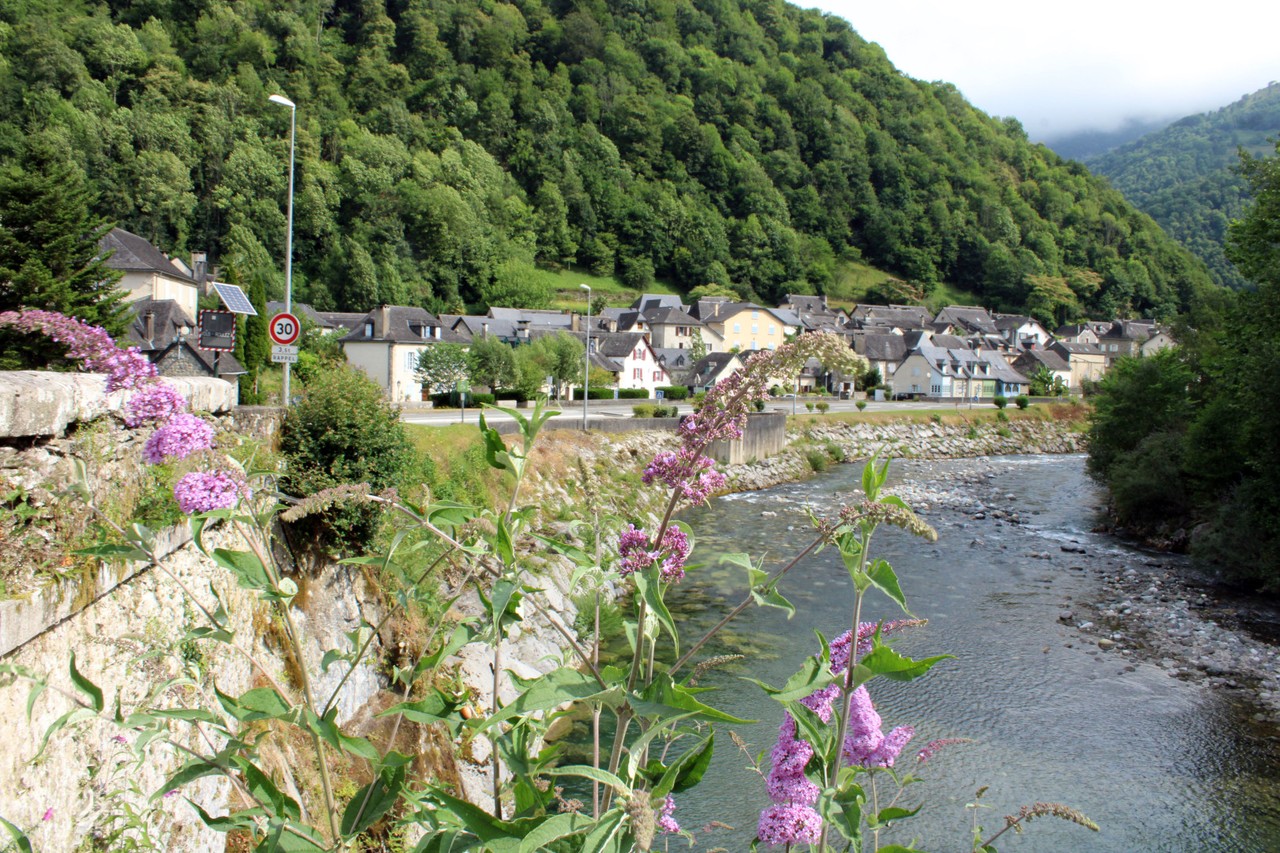Following the instructions he had been given, René Vignau-Loustau from Tarbes went to the grocery store in Sarrance, but the woman there refused, explaining that the mountain passes were becoming dangerous, that the Germans were monitoring the area, and that her husband was no longer making the crossing. Disappointed but determined, he asked her for the name of another smuggler. After some hesitation, she gave him another name. Later, he spoke with the smuggler: "I can put you up at my place for a day or two while we wait for new arrivals to form a group of six. My job is to take you to a barn above the villages. We'll make the journey during the night. The next morning, a second smuggler will take you across the border to the Pierre-Saint-Martin pass (1,750 m) and lead you to the Spanish village of Isaba. The price for the crossing is ten thousand francs."
Despite a bad feeling, René Vignau-Loustau agreed. Two days later, the group was complete and began the slow ascent with the second guide. At the end of a long day of walking, sometimes in the snow, the guide pointed out a village in the distance below and left them. Left to fend for themselves too soon, the group got lost along the way. As they confidently approached a village, they were held at gunpoint by German soldiers. In reality, they had descended back into French territory. Three of them died in the shooting, the others were arrested and deported to the Sachsenhausen camp in Germany. After surviving almost two years of forced labor, René Vignau-Loustau made the terrible death marches and did not return to France until May 8, 1945.
